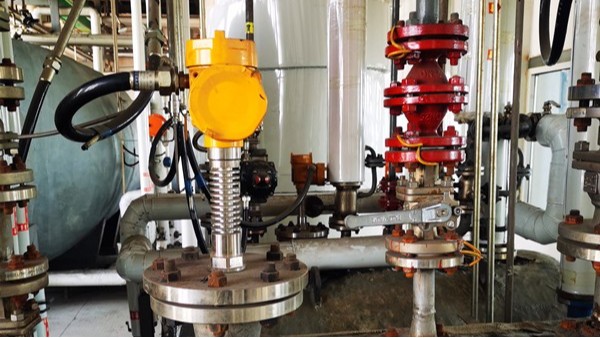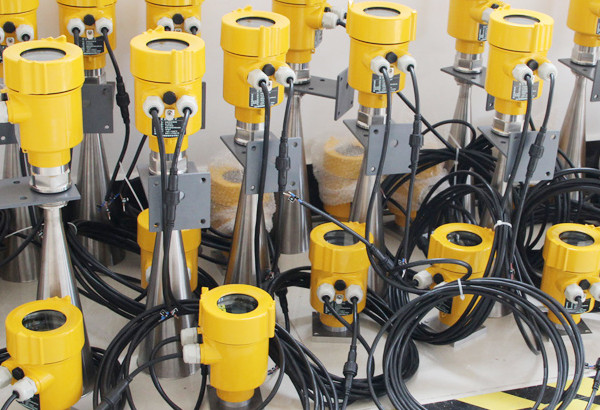In the fields of environmental protection and food processing, hydrogen peroxide has been valued for its remarkable disinfection and bleaching effects. However, these characteristics of hydrogen peroxide also bring certain challenges to its storage and measurement.
Especially in industrial applications, accurate measurement of the liquid level of hydrogen peroxide is essential to ensure the continuity and safety of the production process. This article will analyze the characteristics of hydrogen peroxide and combine an actual measurement case to explore the application of radar level meter in hydrogen peroxide measurement.

The main characteristics of hydrogen peroxide include its strong oxidizing properties and instability. These characteristics may cause hydrogen peroxide to decompose rapidly when it comes into contact with certain metals or organic matter, producing oxygen and even causing an explosion.
Therefore, when selecting measurement equipment, it is necessary to take these chemical properties of hydrogen peroxide into account and avoid using materials that may react with it.

In an actual measurement case, a chemical plant used a radar level meter to monitor the liquid level of a hydrogen peroxide storage tank. The radar level meter uses the reflection principle of high-frequency radar waves to measure the liquid level.
It has the advantages of non-contact measurement, is not affected by changes in the medium, and is easy to install and maintain. The radar level meter selected by the plant uses polytetrafluoroethylene as the material of the antenna.
This material has good chemical stability and will not react with hydrogen peroxide. In actual application, the radar level meter is installed on the top of the storage tank to measure the liquid level by transmitting and receiving radar waves.
Due to the low dielectric constant of hydrogen peroxide, the reflection signal of radar waves on its surface is weak, which requires the radar level meter to have high sensitivity and resolution.
The accuracy of the measurement results can be ensured by properly calibrating the radar level meter. In addition, due to the instability of hydrogen peroxide, changes in temperature may cause its volume to expand or contract, affecting the measurement of the liquid level.
Therefore, in actual applications, the radar level meter also needs to be temperature compensated to eliminate the influence of temperature changes on the measurement results.

From the above analysis, it can be seen that radar level meter has obvious advantages in hydrogen peroxide measurement. It can not only provide accurate and reliable measurement results, but also is simple to install and maintain, and is not affected by changes in the medium.
However, in order to ensure the accuracy and safety of the measurement, it is also necessary to consider the chemical properties of hydrogen peroxide, select suitable materials and perform appropriate calibration.
The application of radar level meter in hydrogen peroxide measurement is feasible and effective.
By reasonably selecting measuring equipment and taking corresponding measures, accurate measurement of hydrogen peroxide level can be ensured, providing reliable data support for industrial production.
